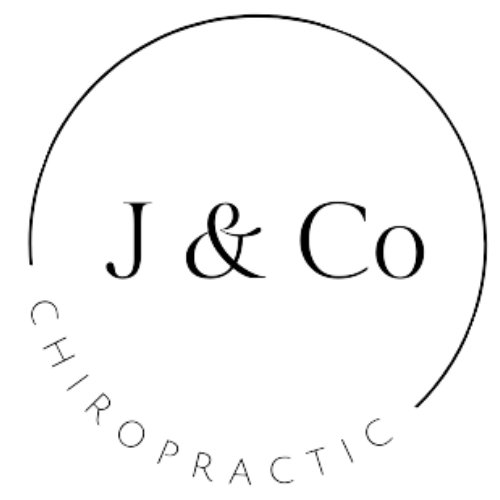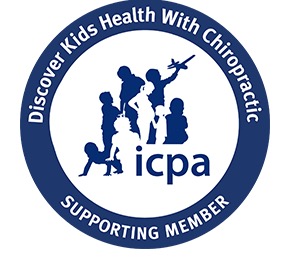Scoliosis affects millions of people worldwide, presenting challenges to their physical health and overall well-being. While traditional medicinal approaches like bracing and surgery have been used to treat scoliosis, non-invasive methods like chiropractic care are gaining popularity. These methods prioritize holistic well-being, and focus on fixing the problem without the need for surgeries.
Chiropractic care offers a unique perspective on managing scoliosis, emphasizing techniques that focus on the body’s natural ability to heal. In this article, we’ll take a look at chiropractic care for scoliosis and how such methods can be beneficial.
Understanding Scoliosis
Scoliosis is a three-dimensional deviation from the normal alignment of the spine, characterized by a lateral curvature that can occur in various regions of the spine.
There are three primary types of scoliosis: congenital, neuromuscular, and idiopathic. Congenital scoliosis is present at birth, neuromuscular scoliosis is associated with conditions such as cerebral palsy, and idiopathic scoliosis, the most common type, has no known cause.
While the exact cause of idiopathic scoliosis remains elusive, various factors contribute to its development. Genetics plays a significant role, as scoliosis often runs in families.
Additionally, factors such as uneven leg length, muscle imbalances, and neurological conditions may contribute to the onset or progression of scoliosis. Understanding these causes and risk factors is essential for effective intervention and management.
Scoliosis not only affects the physical alignment of the spine but can also lead to a range of health issues. As the curvature progresses, it may cause pain, limited mobility, and even respiratory problems in severe cases.
Beyond the physical implications, scoliosis can impact self-esteem and mental health, especially in adolescents. Recognizing the holistic impact of scoliosis is crucial in developing comprehensive approaches to its management.
Traditional Approaches to Scoliosis Management
Traditional methods of managing scoliosis have predominantly revolved around bracing and, in severe cases, surgical intervention. Bracing aims to halt the progression of the curvature by providing external support to the spine during growth periods, typically during adolescence.
Surgical options involve the fusion of vertebrae to correct and stabilize the curvature, reducing its impact on the spine.
While bracing and surgery have shown success in certain cases, they come with inherent limitations and potential drawbacks. Bracing, though effective in preventing progression, may be uncomfortable for individuals, impacting their quality of life.
Surgical interventions involve inherent risks, including infection, complications, and a lengthy recovery process. Additionally, these traditional methods often focus on managing symptoms rather than addressing the underlying causes.
These limitations have sparked a growing interest in alternative, non-invasive methods. There is a recognized need for interventions that not only address the physical symptoms but also consider the overall well-being of individuals with scoliosis.
Chiropractic Care for Scoliosis
Chiropractic care operates on the principle that the body has an innate ability to heal itself when the spine is in proper alignment.
Chiropractors focus on the relationship between the spine and the nervous system, believing that misalignments (subluxations) can disrupt this connection, leading to various health issues, including scoliosis. Through non-invasive techniques, chiropractors aim to restore proper alignment and promote the body’s natural healing processes.
How Chiropractors Assess and Treat Scoliosis
Chiropractic assessment of scoliosis involves a thorough examination of the spine, posture, and range of motion. Diagnostic tools such as X-rays may be employed to visualize the curvature and aid in treatment planning.
Chiropractors then use targeted adjustments, spinal manipulations, and other therapeutic techniques to correct misalignments, alleviate muscle tension, and improve overall spinal function. These tailored interventions take into account the unique needs and condition of each patient.
Spinal Adjustments for Scoliosis Management
Spinal adjustments, a hallmark of chiropractic care, involve gentle, controlled movements to realign vertebrae and restore normal spinal function. For scoliosis, chiropractors use specific adjustment techniques to address misalignments contributing to the curvature.
The goal is not only to alleviate pain and discomfort but also to slow or halt the progression of the scoliotic curve. This non-invasive approach stands in contrast to surgical methods, offering a potential alternative for individuals seeking less invasive options.
Other chiropractic techniques used for scoliosis include:
- Flexion-Distraction Technique: This method utilizes rhythmic, gentle movements to increase disc height and enhance mobility, particularly beneficial for scoliosis cases involving disc issues.
- Activator Method: Employing a handheld activator instrument, chiropractors deliver low-force impulses to specific spinal points, providing a precise and gentle approach for scoliosis management.
- Soft Tissue Manipulation: Techniques like massage and myofascial release target muscle imbalances associated with scoliosis, aiding in tension relief and promoting improved spinal function.
- Exercise Prescription: Chiropractors prescribe tailored exercises, including stretching and core strengthening, to address scoliosis-related muscle weaknesses and enhance overall spinal health.
- Bracing Support: While not a direct chiropractic technique, collaborative efforts may involve recommending and monitoring the use of supportive braces to minimize further progression of scoliotic curves.
Benefits of Chiropractic Care for Scoliosis
Pain Management and Relief
Chiropractic care has demonstrated efficacy in managing pain associated with scoliosis. Through targeted spinal adjustments and manipulations, chiropractors aim to reduce pressure on affected nerves and muscles, alleviating pain and discomfort.
Many individuals with scoliosis find relief from chronic pain, allowing for improved mobility and a better quality of life.
Improvement in Spine Flexibility and Posture
Chiropractic interventions focus on enhancing the flexibility and mobility of the spine. By addressing misalignments and improving the overall function of the musculoskeletal system, chiropractors contribute to better posture.
Improved posture not only aids in the management of scoliosis but also positively impacts daily activities and reduces the strain on supporting muscles.
Enhancing Overall Quality of Life
Beyond symptom management, chiropractic care aims to enhance the overall well-being of individuals with scoliosis. By addressing the root causes of misalignments and promoting spinal health, chiropractors contribute to improved nervous system function.
This, in turn, may positively influence various aspects of life, including sleep quality, energy levels, and emotional well-being.
Chiropractic Care in Arlington Heights
If you or a loved one are struggling with scoliosis, chiropractic care may be the answer for you! Don’t hesitate to reach out to a professional! Our expert chiropractors at J and Co. Chiropractic in Arlington Heights are here to help! Let us help you fix your back problems and stand tall again!


